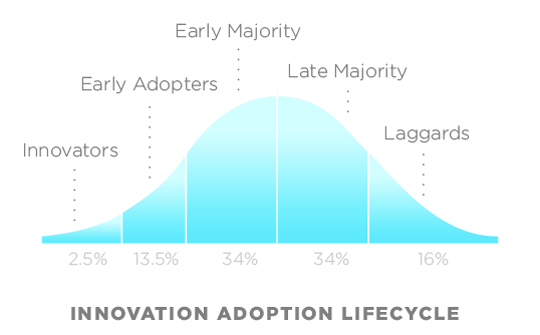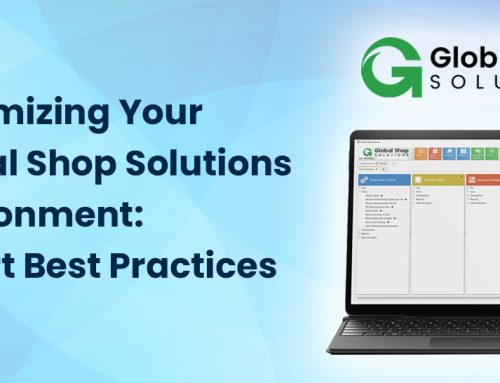A general consciousness has spread throughout the small and midsize business community (however reluctantly) that technology is a critical factor and opportunity for business success.
Ten to fifteen years ago leading-edge technology was only available to Enterprises, mostly because it took armies of expensive staff to develop and maintain. As technology has moved to the cloud and “As a Service” billing models have become the de facto standard, Enterprise-grade options have become accessible to small and midsize businesses. This is an aspect of modern business that doesn’t get as much air-play as it deserves: a twenty-person company with a healthy IT budget can now create automation tools and/or a digital customer experience that rivals a 500-employee competitor!
But accessing these powerful tools and truly integrating them into your business is no small investment, and an appropriate budget for IT can be hard to pin down. To start, find your business on this curve today, and compare it to where you think you should be to maintain your relevance and competitive advantage 5-10 years from now.

If you have an incremental gap to close, you have probably accumulated “technical debt”, and may need to rethink your budget.
In a study by ROI consultancy Alinean Inc., with companies divided into large (revenue of greater than $2 billion), medium-sized (revenue of between $50 million and $2 billion) and small (revenue of less than $50 million), they found:
Small and medium-sized companies often outspend larger ones. The average small company spends 6.9% of revenue on IT. Midsized companies spend 4.1%. Larger companies spent a miserly 3.2% of revenue.
While this study found that more spending on technology does not always translate into better performance, an inadequate budget can often accumulate as technical debt in an organization, which can have numerous adverse effects that lag investment. So what is the right amount of spending in your organization?
As an internal leadership exercise, we would encourage companies to organize a meeting around the following three questions:
1. What do we currently spend on technology?
2. What tools do our competition or peers use that provide a superior customer experience? (If you can’t come up with any, this is a deeper problem, but you can ask your IT provider or a consultant for help.) Features could include customer portals, billing automation, better inventory solutions, operational software like an ERP or CRM solution, mobile or tablet devices for field employees, Business Intelligence dashboards or communication tools like Hosted VoIP phones.
3. Which of these tools should we have within 5 years to stay competitive both in the market and hiring new talent?
Once you have given these questions some thought, reach out to your Managed Services Provider or IT resource and ask them to develop a plan to reach these targets. Although your budget may increase, you can feel confident that you have begun to correlate the long-term success of your business to an appropriate level of investment into your IT needs.
If you don’t have a resource capable of elevating your business, reach out to Upward Technology to discuss how we could turn technology into a competitive advantage for your business







Leave A Comment